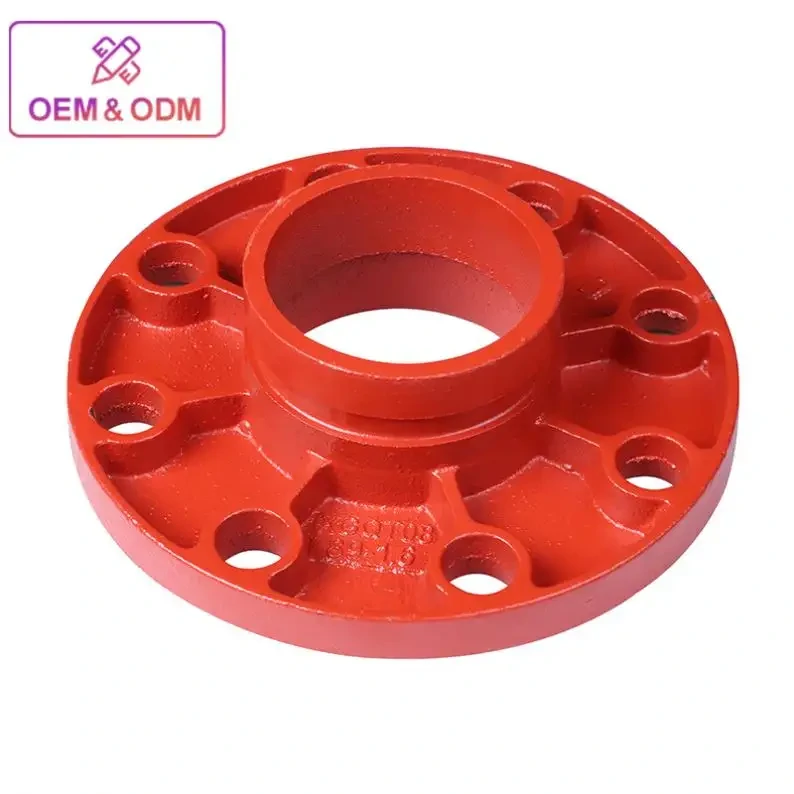Ductile iron double flanged pipes are commonly used in various applications and require regular maintenance to ensure their longevity and optimal performance. Here are some common maintenance tasks for ductile iron double flanged pipes:
Inspections:
Regular visual inspections should be conducted to identify any signs of damage, corrosion, or leaks. Inspect the exterior surfaces of the pipes for cracks, pitting, or discoloration. Pay attention to the flange connections for any signs of leakage or misalignment. Inspections can help identify issues early and prevent further damage.
Cleaning:
Remove any debris, sediments, or obstructions from the pipe surfaces. This can be done using appropriate cleaning methods, such as high-pressure water jetting or mechanical scraping. Clean both the internal and external surfaces of the pipes to maintain proper flow and prevent potential blockages or buildup.

Corrosion Protection:
Implement corrosion prevention measures to protect the ductile iron pipes. This can include applying protective coatings or linings to the internal and external surfaces of the pipes. Follow manufacturer recommendations for suitable coatings or linings based on the specific operating conditions and fluid characteristics.
Repair or Replacement of Damaged Sections:
If any sections of the ductile iron double flanged pipes are found to be damaged, such as cracks or significant corrosion, they should be repaired or replaced promptly. This may involve cutting out the damaged section and installing a new pipe segment or using appropriate repair techniques, such as epoxy patching or welding.
Flange Maintenance:
Inspect the flange connections for any signs of leakage, misalignment, or loose bolts. Tighten any loose bolts as necessary using the appropriate torque values recommended by the manufacturer. Replace damaged or worn-out gaskets to ensure a proper seal.
Valve and Fitting Maintenance:
If the ductile iron double flanged pipes are connected to valves or fittings, ensure that these components are regularly inspected and maintained. Follow the manufacturer’s guidelines for maintenance, lubrication, and performance checks of valves and fittings to ensure their proper operation.
Cathodic Protection:
If the pipes are installed in a corrosive environment or in contact with other metals, consider implementing cathodic protection measures. Cathodic protection can help prevent corrosion by making the pipes the cathode in an electrochemical cell, either through sacrificial anodes or impressed current systems.
Documentation and Record-Keeping:
Maintain records of maintenance activities, inspections, repairs, and any other relevant information. This documentation can help track the maintenance history of the ductile iron double flanged pipes, identify recurring issues, and plan future maintenance tasks effectively.
It’s important to note that the specific maintenance tasks for ductile iron double flanged pipes may vary depending on factors such as the operating conditions, fluid characteristics, and industry guidelines. Consulting with professionals, following manufacturer recommendations, and adhering to applicable standards can provide valuable guidance for maintaining ductile iron double flanged pipes in your specific application.